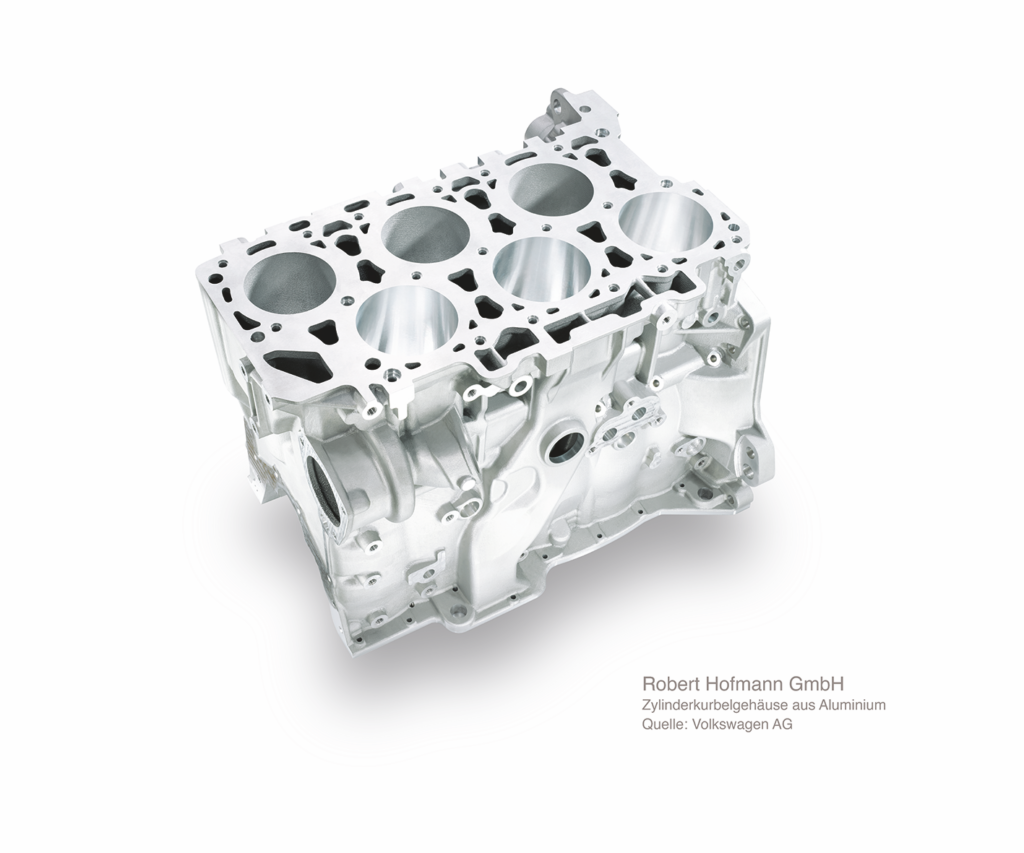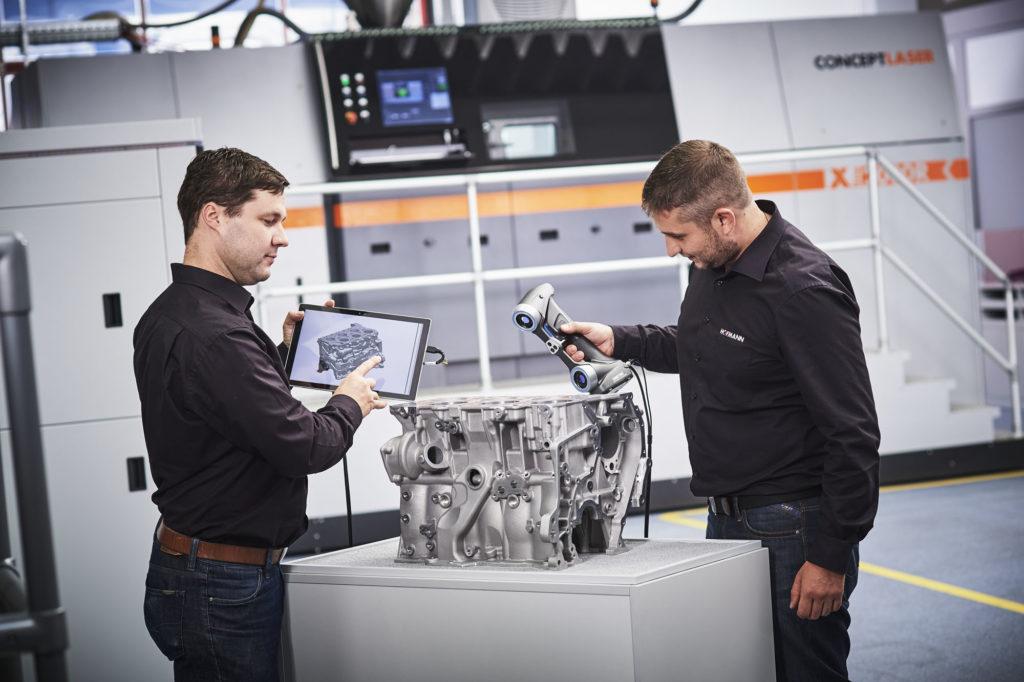 Those of you who have been following 3D printing closely know of the immense benefits that additive manufacturing has provided to the automotive industry. Most uses have been confined to functional prototyping, which has helped make automobile production more time efficient and less costly. Companies like the Poland-based BORG Automotive have even utilized 3D printing to produce aftermarket parts, while 3D printing specialist voxeljet has made their own leap towards the automotive industry in a recent partnership with ART Robotics. Needless to say, it seems that 3D printing technology is inching closer and closer towards being considered a primary manufacturing tool for end-use car production.
Those of you who have been following 3D printing closely know of the immense benefits that additive manufacturing has provided to the automotive industry. Most uses have been confined to functional prototyping, which has helped make automobile production more time efficient and less costly. Companies like the Poland-based BORG Automotive have even utilized 3D printing to produce aftermarket parts, while 3D printing specialist voxeljet has made their own leap towards the automotive industry in a recent partnership with ART Robotics. Needless to say, it seems that 3D printing technology is inching closer and closer towards being considered a primary manufacturing tool for end-use car production.
Now, the Lichtenfels, Germany-based automotive company Robert Hofmann GmbH has utilized 3D printing technology to create a fully functional cylinder block for a Volkswagen motor. Known as the heart of the motor, the 3D printed cylinder block weighs around 25 kilograms, and has been built for the VR6-motor found in the 2014-2015 Volkswagen model. Taking the CAD data of the original cylinder block, which was produced from cast iron GJL-250, the Robert Hofmann GmbH team was able to create a 3D printed version consisting of a lightweight aluminum material.
 The cylinder block was printed in about 300 hours on Concept Laser’s X 1000 R 3D printer, and is the largest single component ever produced by the Robert Hofmann team. After the printing process was complete, the team went on to clean and remove the support structures. This proved to be quite a difficult task, particularly in the undercut, which is the inaccessible and narrow area of the cylinder block.
The cylinder block was printed in about 300 hours on Concept Laser’s X 1000 R 3D printer, and is the largest single component ever produced by the Robert Hofmann team. After the printing process was complete, the team went on to clean and remove the support structures. This proved to be quite a difficult task, particularly in the undercut, which is the inaccessible and narrow area of the cylinder block.
According to Michael Dinkel, the manager of the cylinder block project, the Robert Hofmann GmbH team was a bit skeptical when Volkswagen approached them about constructing a fully functional 3D printed cylinder block, but their close-knit team was able to get the job done.
Before being tested by Volkswagen, the cylinder block was completely mechanically processed and provided with an APS lining. The 3D printed cylinder block then received metallurgic and geometric tests from Volkswagen engineers, who used a computer tomography to check internal geometries, such as the cooling jacket around the cylinder tubes. What these tests showed was that the 3D printed component had low porosity and smaller distortions and deviations compared to the cast iron part.
After finding success with the test rig, Robert Hofmann GmbH and Volkswagen proved that it is possible to functionally utilize a 3D printed cylinder block. What makes the 3D printing process ideal for automotive manufacturers is the lack of geometric constraints in comparison to the casting process. As companies like Robert Hofmann GmbH continue to push through the boundaries of what can be done with 3D printing, we inch closer to a world where 3D printed functional vehicles are not only possible, but preferable to other traditional methods. Discuss further in the 3D Printed Cylinder Block forum over at 3DPB.com.
Subscribe to Our Email Newsletter
Stay up-to-date on all the latest news from the 3D printing industry and receive information and offers from third party vendors.
You May Also Like
Precision at the Microscale: UK Researchers Advance Medical Devices with BMF’s 3D Printing Tech
University of Nottingham researchers are using Boston Micro Fabrication‘s (BMF) 3D printing technology to develop medical devices that improve compatibility with human tissue. Funded by a UK grant, this project...
3D Printing Webinar and Event Roundup: April 21, 2024
It’s another busy week of webinars and events, starting with Hannover Messe in Germany and continuing with Metalcasting Congress, Chinaplas, TechBlick’s Innovation Festival, and more. Stratasys continues its advanced training...
3D Printing Webinar and Event Roundup: March 17, 2024
It’s another busy week of webinars and events, including SALMED 2024 and AM Forum in Berlin. Stratasys continues its in-person training and is offering two webinars, ASTM is holding a...
3D Printed Micro Antenna is 15% Smaller and 6X Lighter
Horizon Microtechnologies has achieved success in creating a high-frequency D-Band horn antenna through micro 3D printing. However, this achievement did not rely solely on 3D printing; it involved a combination...






























